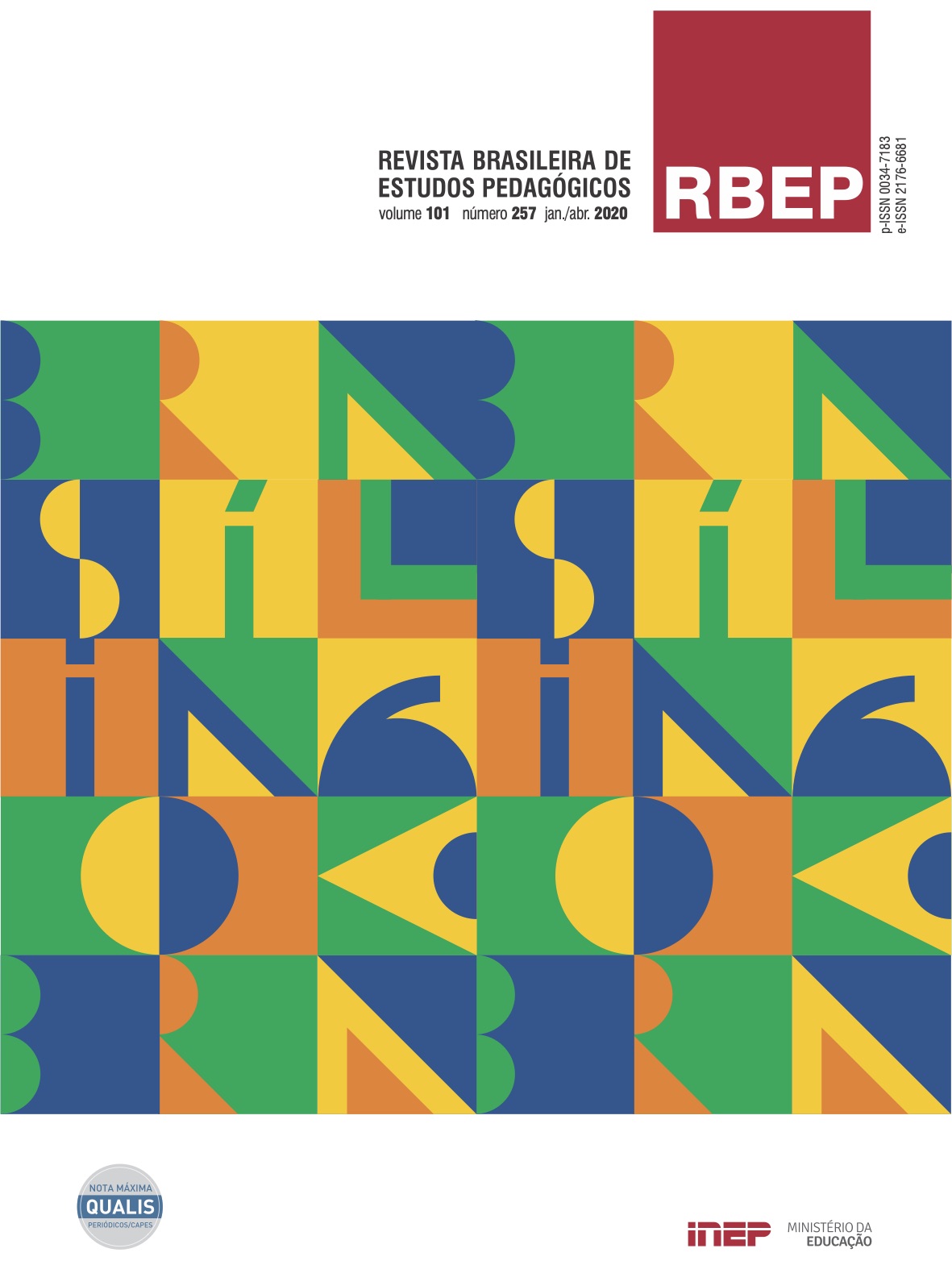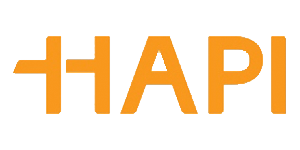The management of private non-profit IESs in the face of tensions created by the commodification of higher education and the case of regional community universities: on the way to hybridism?
Abstract
This article is the result of a field study of the regional community universities of Rio Grande do Sul, a branch among Brazilian private non-profit institutions. It is contextualized in the process of commodification of higher education, characterized by the intense growth of for-profit higher education institutions (or IES – instituições de educação superior, in Portuguese), after which the private sector, broadly speaking, started introducing new features, tensing the traditional non-profit institutions toward market behaviours. It analyses changes in the management model adopted by community universities in the face of the new context and to what extent there is still room for the principle of collegiality. Four universities took part on the research through interviews with twelve managers and researchers, three from each IES. The debate over the data stems from the analysis of discursive practices. Based on hybrid university concept, it was identified that community IESs are concerned with profissionalizing the management and overcoming a model that is too similar to that of state public IESs, which emphasizes the trajectory of approximation with a business perspective. However, they are committed to preserving collegiality, although the way in which it takes place within IESs should be revised in order to make institutions more agile and realistic. There is potential to accommodate a hybrid model, able to balance both the approximation to the market and the preservation of the values of higher education as a public good.
Downloads
Once their work is accepted for publication, author’s copyrights are automatically relinquished to the National Institute for Educational Studies and Research Anísio Teixeira (Inep).
Since 2016, the journal Revista Brasileira de Estudos Pedagógicos (RBEP) uses the licence CC-BY.
Partial or total reproduction of the content of this Journal is permitted provided that the original publication is properly referenced, as well as a link to license CC BY 4.0 and to indicate any possible alterations made to the article.




















